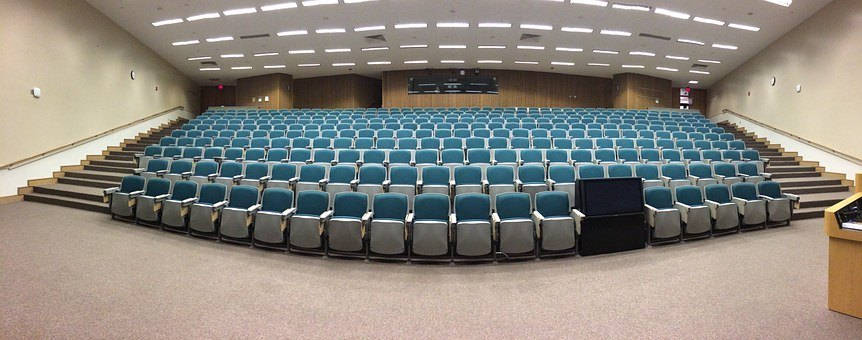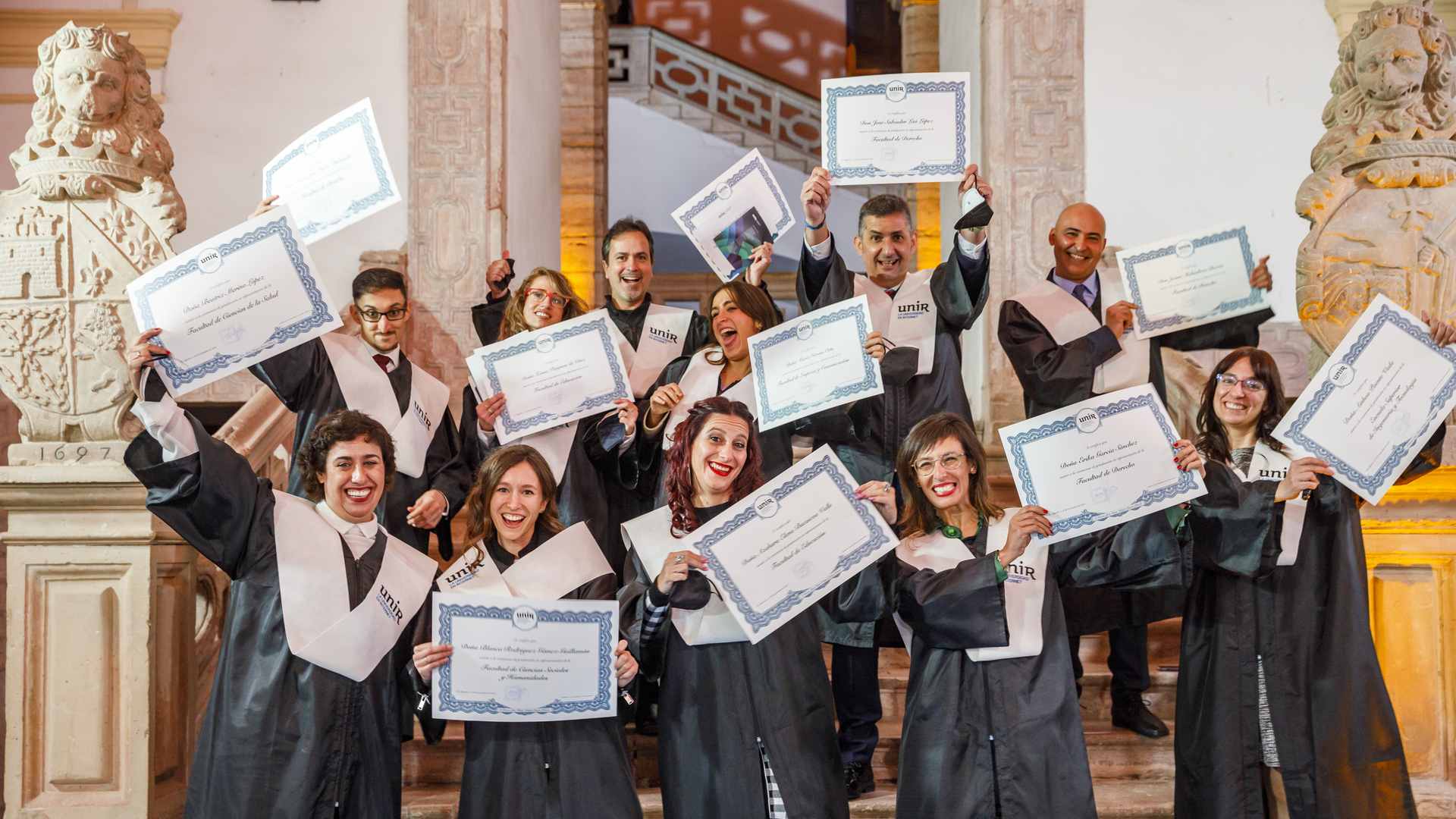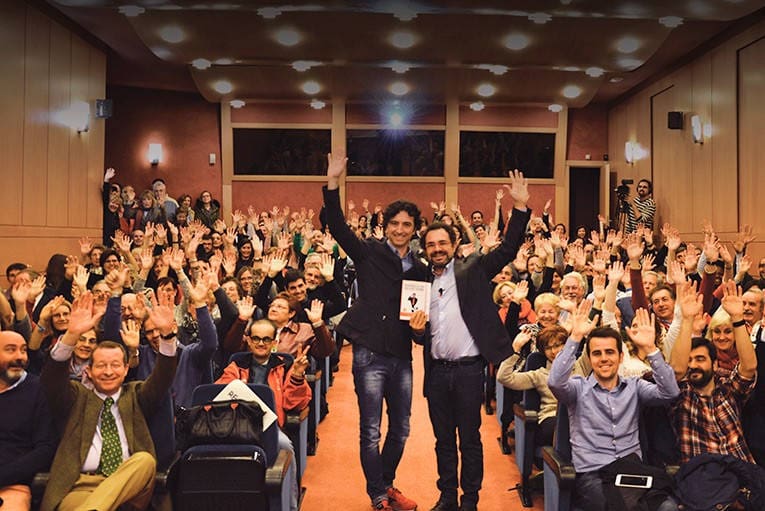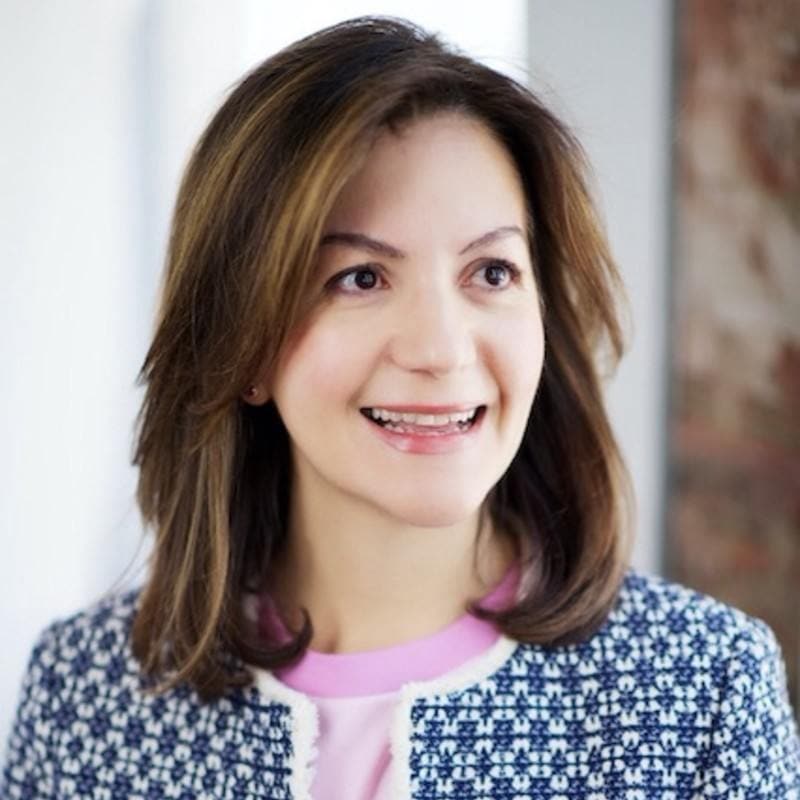Ingrid Mosquera Gende
In this post, we will know more about the U.S Educational System thanks to the expert Julia Reed, who has kindly answered our questions.

I: Thank you very much for taking the time for this interview. First of all, what are the compulsory stages of the American educational system?
J: My pleasure.
Compulsory education in the U.S. can be roughly divided into 3 stages:
-The first is elementary school, which lasts from kindergarten to 4th grade (or sometimes 5th). Kids go through elementary school from the age of 5 or 6 to 9 or 10 (10 or 11 if you include 5th grade).
-The second stage is either middle school or junior high school. Middle school covers the period from 5th (or sometimes 6th) to 8th grade. Junior high school lasts from 6th to 9th grade. The age of students is between10 or 11 and 13 or 14 (14 or 15 including9th grade).
-The third stage is either high school or senior high school. High school covers 9th to 12th grades, while senior high lasts from 10th to 12th grades. Students going through high school are between 14 and 15 to 17 and 18 years old.

I: How many languages do students learn at school?
J: There’s no national foreign-language requirement for any level of education in the U.S. Most states allow the school districts themselves to set their own language requirements.
Spanish and French are among the most popular languages taught at schools.
I: Do you have vocational schools?
J: Vocational education varies from state to state in the U.S.
Career schools (or colleges) provide a lot of postsecondary technical and vocational training. But there’s a difference between vocational schools and career colleges.
The government usually owns vocational schools or at least gives them financial support. Vocational schools typically take two years and give credits that are accepted in the entire academic world.
Career colleges are usually private and don’t get government support. The period of study there is shorter. And there’s almost no recognition of these colleges’ certificates in the academic world.
I: Do you have public and private schools? What about universities? Are they very expensive?
J: The term “private school” can apply to any school that doesn’t get funding and facilities from the federal, state, or local government. In contrast, “public schools” are operated by the government. A large number of American private schools are run by religious organizations and institutions. The same is true for universities.
Speaking of costs, the average price of studying in a private elementary school is almost $9,000 per year, and a private high school is a bit more than that at $13,500. This makes for a national average of $10,000 per year. Private universities/colleges have an average yearly tuition fee of $33,000.

I: Before going to university, do all students study the same subjects? Or can you choose them? Does your choice affect the degree you can choose at university?
J: Usually, school district determines the curriculum in certain school. It selects textbooks and guides, and sets minimum requirements for how many years of mandatory subjects students should take.
Then there are additional subjects (called “electives”) that students choose to fill out their learning hours.
The requirements for mandatory and additional subjects vary in different states, but still, students have a chance to “test out” of the requirements, or finish an independent study program to meet them. And there are also vocational schools, which we talked about a little earlier.
In the U.S., we have what’s called a “major,” which is your primary academic area of interest. If a student is pursuing a bachelor’s degree, he or she will have to choose or “declare” a major. The choice depends on what major fields of study are available at the college or university where the student is studying.
Once you’ve selected a major, there’ll be a certain number and types of courses you’ll have to take in order to earn your degree. It’s possible to change your major after graduating, but you’ll still need to meet certain requirements to get a degree in that specific field of study.
I: In your bio, you say that you’ve coached students on their college application essays. We do not have that requirement in Spain—can you explain how to apply for a university in the U.S.?
J: The typical college application requirements include:
-Application form
-Application fee
-Exam scores (e.g. SAT, ACT, TOEFL)
-2 or 3 essays
-Transcript (a document that lists your academic courses and grades)
-2 or 3 reference letters
-Interview (required by some universities)
I: How do grants work for universities?
J: Grants come from various government departments, universities, colleges, and private and public trusts. Students are eligible for grants based on academic merit and financial need. The provider of the funds usually sets the application process. Most of the time, eligibility relies on information submitted through the Free Application for Federal Student Aid (FAFSA).

I: Can you explain what studies are available at university? How they are divided? How many years does it take to get a degree? For instance, if you want to become a lawyer, what do you have to do? What about a teacher? What can you study after university?
J: After finishing high school, students may choose to enter college or university. In the end, as long as they meet the school’s requirements, they’ll get some kind of undergraduate degree to confirm that they’ve completed postsecondary education.
Public or private colleges and universities are the ones that offer four-year degree programs. Curriculums vary greatly from one institution to another. However, students will always be able to select their majors and change them once or even a few times.
In addition to four-year universities, community or junior colleges offer two-year associate degrees. However, some community colleges also offer a limited number of bachelor’s degrees. Students can easily transfer from a community college to a four-year institution to earn a bachelor’s degree.
After getting a bachelor’s degree, students may choose to continue studying in graduate or professional school. These schools are often part of universities, and graduate degrees usually refer to master’s or doctoral degrees. There are many different programs that range in length and allow students to build flexible schedules.
Academic graduate schools usually include a combination of research and coursework; they often require students to write a dissertation or thesis. Professional graduate schools, on the other hand, grant a professional degree. These include law school, medical school, and business school, along with programs in education, journalism, art, architecture, engineering, and more.
I: Does the U.S. have a lot of international students? What is a “gap year” and what do you normally do for it? Are gap years common?
J: According to the Institute of International Education, 2016 was the first year that the number of international students in U.S. universities exceeded the one million mark. This number increased by 7% compared to 2014 and 2015.
A gap year usually refers to the year after finishing high school and before going to college or university. But it can also be the year before going to graduate school after getting a bachelor’s degree.
During gap years, students aren’t pursuing an official kind of education. Instead, they usually take various advanced academic courses, learn new skills, volunteer, travel, do internships, play sports, and so on. It’s also a great time for students to learn how to deal with new responsibilities before entering the “real world.”
In the U.S., though, the gap year is more of an exception. However, it has started to gain more popularity lately.

I: In the 2015 PISA Exam, the U.S. ranked 25th.What can be improved? What would you change about your educational system?
J: Even though our educational system is good enough to attract foreign students, there are still many issues that need to be solved.
For instance, colleges and universities aren’t hiring the best educators. It seems like many of them don’t even look at the competence of the people who are going to work for them. Instead, they make their choice based on political ideology or other factors. This is sad because it’s not only students who need to be educated—teachers should also engage in the process of self-development.
Another thing that needs to be changed is the curriculum. The curriculum varies greatly from district to district, with focuses on different topics and at different levels of quality. There have been many long debates over which subjects should receive the most attention and whether or not it’s necessary to have a standardized curriculum.
I: What is the policy for weapons in U.S. schools and universities?
J: As in nearly any other sphere of life in the U.S., the policies for carrying firearms vary from state to state. Each state has its own discretion on laws about carrying weapons.
There are three forms of carry laws:
-Mandatory (firearms are allowed with certain exceptions, depending on school policy)
-Institutional (each institution decides whether or not to allow firearms)
-Non-Permissive (total prohibition of firearms)
There are currently two federal laws that restrict the possession of firearms: the Gun-Free School Zones Act and the Gun-Free Schools Act.

Julia Reed holds a Master of Arts in Education. She spent six years coaching students on their college application essays and can handle academic papers on any topic. In 2006, she decided to become a freelance writer.
w: https://custom-writing.org/blog
- Máster Universitario en Formación del Profesorado de Educación Secundaria






